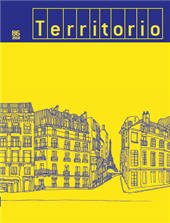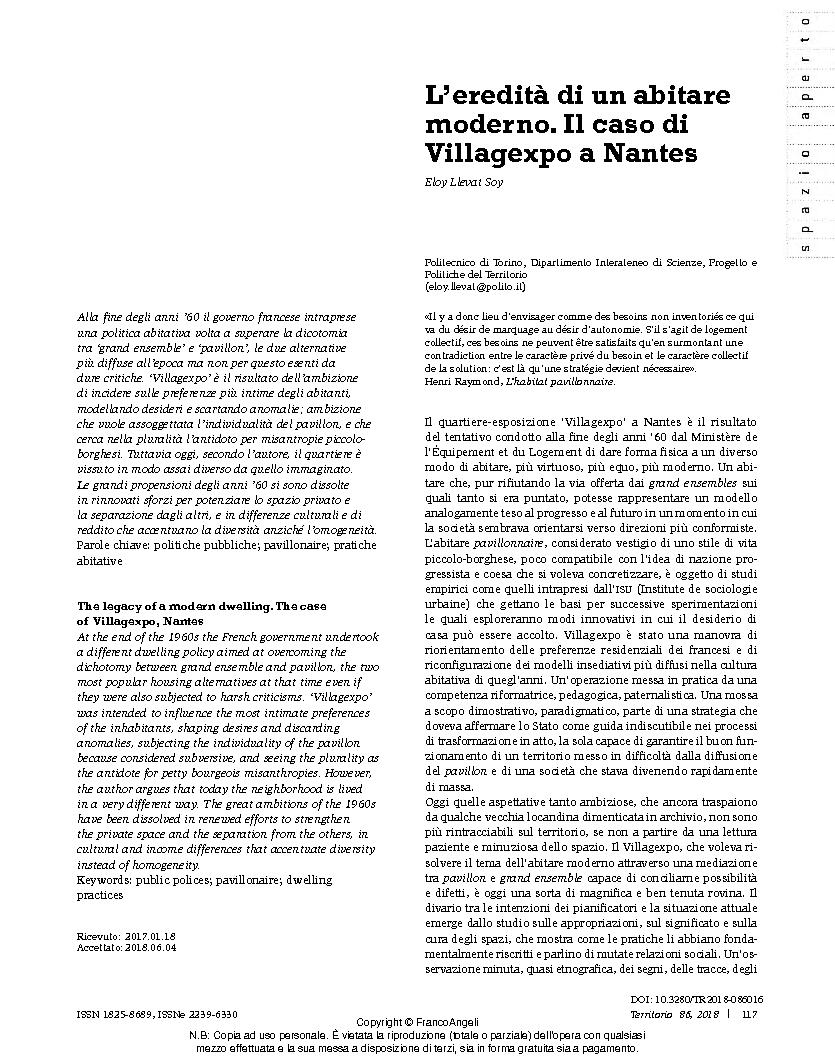L'eredità di un abitare moderno : il caso di Villagexpo a Nantes
117-124 p.
Alla fine degli anni '60 il governo francese intraprese una politica abitativa volta a superare la dicotomia tra 'grand ensemble' e 'pavillon', le due alternative più diffuse all'epoca ma non per questo esenti da dure critiche. 'Villagexpo' è il risultato dell'ambizione di incidere sulle preferenze più intime degli abitanti, modellando desideri e scartando anomalie; ambizione che vuole assoggettata l'individualità del pavillon, e che cerca nella pluralità l'antidoto per misantropie piccoloborghesi. Tuttavia oggi, secondo l'autore, il quartiere è vissuto in modo assai diverso da quello immaginato. Le grandi propensioni degli anni '60 si sono dissolte in rinnovati sforzi per potenziare lo spazio privato e la separazione dagli altri, e in differenze culturali e di reddito che accentuano la diversità anziché l'omogeneità. [Testo dell'editore].
At the end of the 1960s the French government undertook a different dwelling policy aimed at overcoming the dichotomy between grand ensemble and pavillon, the two most popular housing alternatives at that time even if they were also subjected to harsh criticisms. 'Villagexpo' was intended to influence the most intimate preferences of the inhabitants, shaping desires and discarding anomalies, subjecting the individuality of the pavillon because considered subversive, and seeing the plurality as the antidote for petty bourgeois misanthropies. However, the author argues that today the neighborhood is lived in a very different way. The great ambitions of the 1960s have been dissolved in renewed efforts to strengthen the private space and the separation from the others, in cultural and income differences that accentuate diversity instead of homogeneity. [Publisher's text].
Fait partie de
Territorio : 86, 3, 2018-
Articles du même numéro (disponibles individuellement)
-
Informations
Code DOI : 10.3280/TR2018-086016
ISSN: 2239-6330
DISCIPLINES
KEYWORDS
- Politiche pubbliche, pavillonaire, pratiche abitative
- Public polices, pavillonaire, dwelling practices



